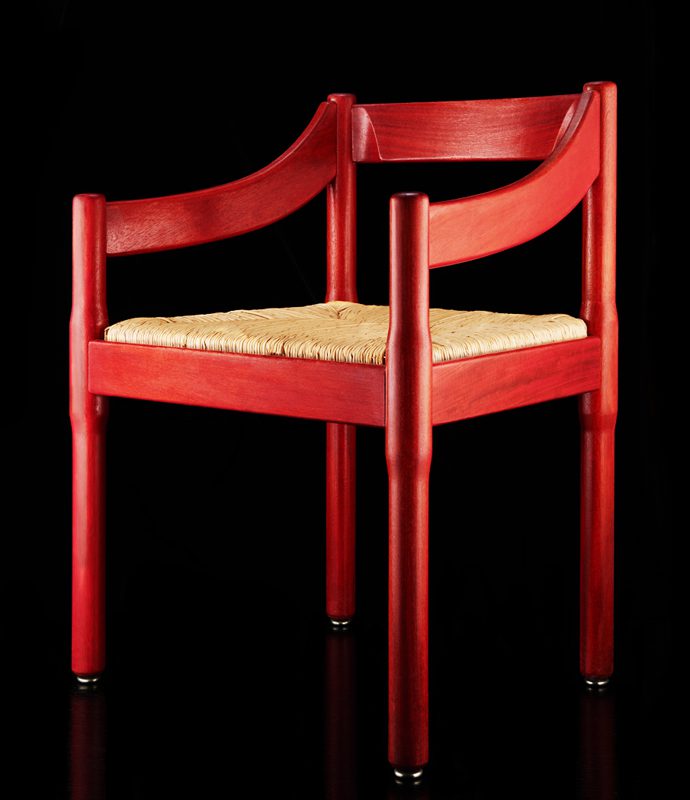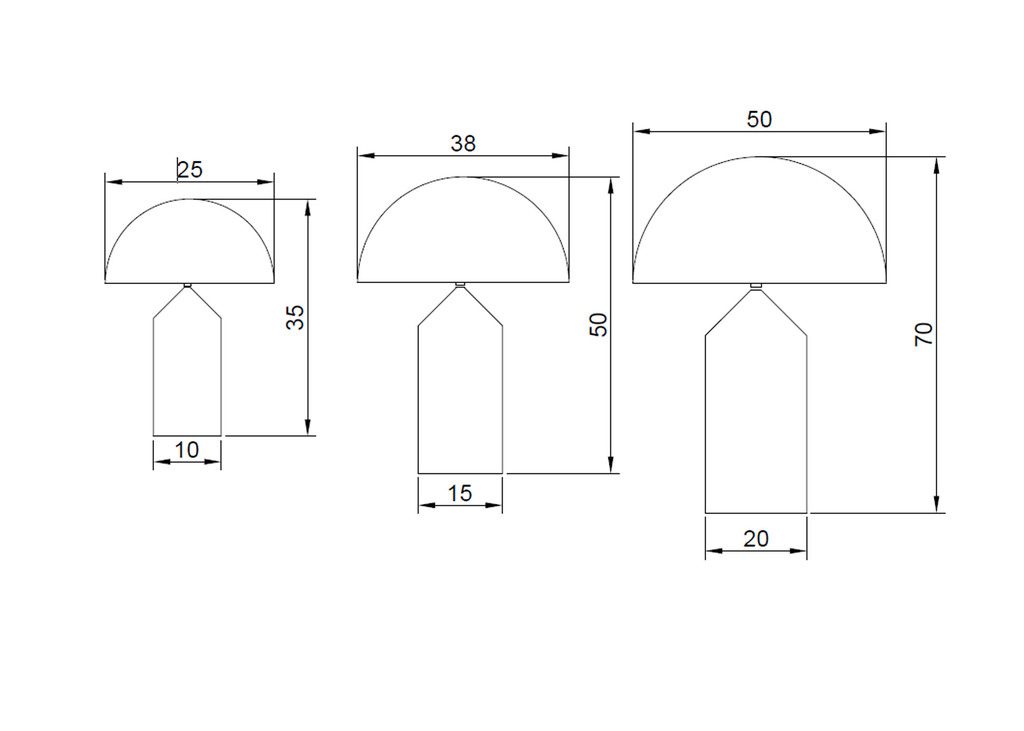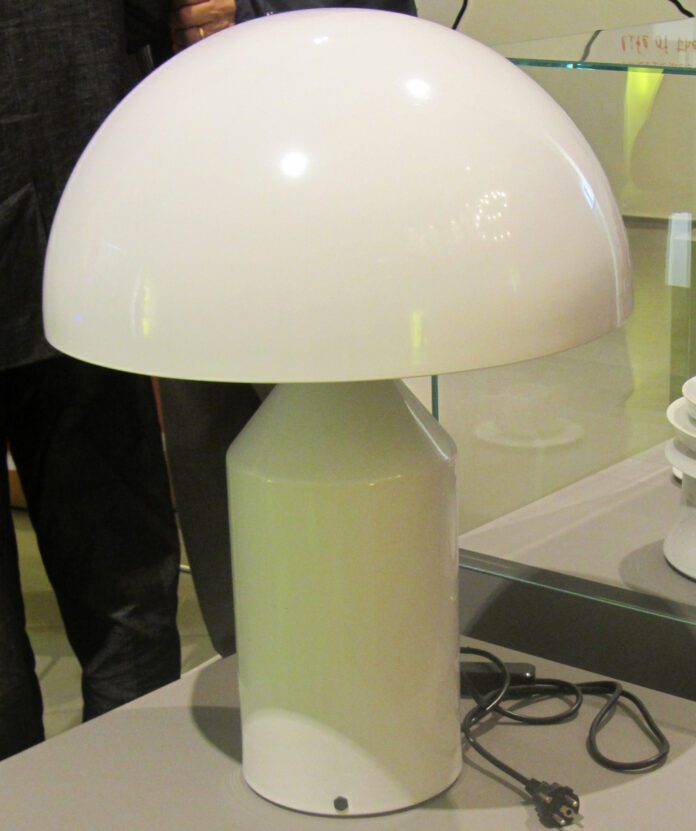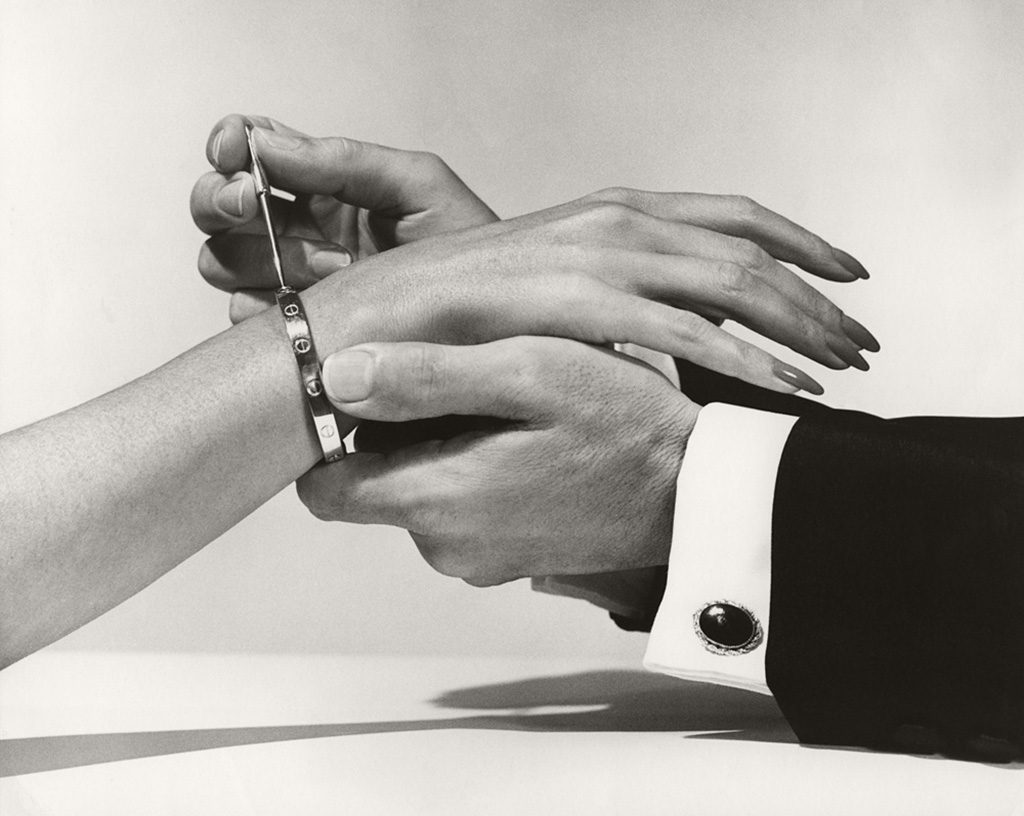Not just a piece of furniture, but a true illuminated sculpture: this is what the Atollo lamp is, designed by Vico Magistretti in 1977.
Since its creation, Atollo has become a design milestone, a symbol of style and refinement, encapsulating its creator’s minimalist aesthetic and timeless functionality. A reinterpretation of theabat-jour in an essential key, the Atollo lamp is an indispensable element for furnishing interiors in a minimalist and refined key, adding a vintage touch. Produced by Oluceatollo has won many prizes and awards, and has rightfully entered the collections of numerous museums around the world.

The essential design of Vico Magistretti
“I love geometric shapes. I love making essential things that look like nothing.” With these words, Ludovico “Vico” Magistretti (Milan, 1920 – 2006) described his thinking, his way of designing objects. A son of art, an architect by training, just like his father, Magistretti began his career collaborating on various architectural projects for the city of Milan. Over the years, it was his interest in living spaces that took over, directing his production towards designing interiors and furnishing objects.
Classic’ pieces, but with a strong personality, which was expressed in the absence of decorative redundancy. The strength of the object lay in its essentiality and conceptual detail, the latter aspect remaining evident in all his work. From the 1970s onwards, his production is punctuated by the conception of countless iconic masterpieces, which have earned him several awards. One of the most important was awarded to him precisely for the Atollo lamp: it was the Compasso d’Oro award, obtained in 1979.

The Atollo silhouette
The silhouette of the Atollo lamp is as iconic as it is basic. In fact, it consists of only two basic elements: a cylindrical base with a cone-shaped tip and a dome-shaped cap, which acts as a light diffuser. This simple combination of geometric shapes creates a harmonious and balanced design that fits perfectly into any environment.
The light emitted by Atollo is soft and diffuse, never glaring, and provides pleasant ambient lighting. The geometric rigour of the shapes is made even more evident precisely because all ‘technical’ elements are not visible, but masterfully concealed. This expedient purges the forms of any disturbance, helping to construct a kind of‘ideal lamp‘, perfect, and for this reason so desirable.
Materials and colour range
There are two variants of the Atollo lamp, as far as materials are concerned. The first is made of painted aluminium, with a choice of black, white, sand and rust colours. The paint finish allows the outer dome to remain in shadow and the light to diffuse into the interior of the dome and reflect off the conical shape and the cylinder of the base.
The second variant of Atollo, on the other hand, is made of opaline glass, a milky, opaque glass that adds a material touch without distorting Magistretti’s original idea.

The Atollo lamp is produced in three sizes for each of the two variants, respectively indicated by the numbers 233, 239 and 238 for the large, medium and small metal version and 235, 237 and 236 for the glass version.
Like a sculpture
The popularity gained by Atollo is not only due to its functionality. Certainly, its essential shapes and sober colours make it perfect for furnishing any type of environment, from the most elegant and classic to the most eclectic. But adding to its desirability is its sculptural profile: Atollo is practically a luminous work of art.
Supporting this idea is Atollo ‘s inclusion in numerous museum exhibitions, starting with the prestigious collection of the Museum of Modern Art in New York in 1979. This was followed by the Philadelphia Museum of Art and the Kunstgewerbemuseum in Berlin in 1983, the Museum für Kunst und Gewerbe in Hamburg in 1986, and the Düsseldorf Museum of Art in 1989. The Atollo lamp is also present in the Permanent Collection of Italian Design 1945-1990 at the Milan Triennale.
The Magistretti Archive
In 2010, shortly after the designer’s death, his daughter Susanna decided to set up a visitable archive of her father’s works. Located in Via del Conservatorio, Milan, in the very former studio where Magistretti worked for more than sixty years, the Vico Magistretti Studio-Museum Foundation retraces the fundamental stages of the designer’s work. It is a unique opportunity for visitors to learn about the evolution of Magistretti’s creative thinking through a comparison of his iconic pieces: among these, the Atollo lamp certainly could not be missing.
@Stiledesign. Reproduction reserved
You might also be interested in:










